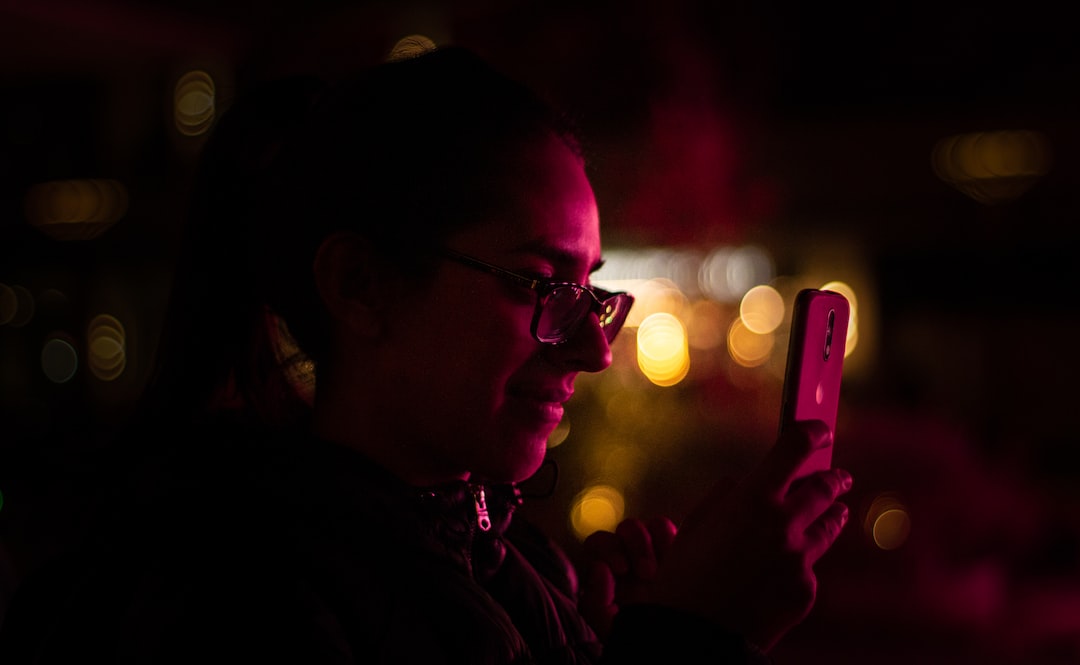Analyzing Media Bias: How to Navigate News with a Critical Eye
In today’s digital age, where news is just a click away, it is crucial to consume media with a critical eye. With an abundance of news sources, it has become increasingly difficult to differentiate between accurate, unbiased reporting and biased, opinion-driven journalism. Understanding media bias is an essential skill that not only helps us form well-rounded opinions but also strengthens our ability to analyze information objectively. Here are some tips on how to navigate news with a critical eye.
Firstly, it is important to diversify your sources of news. Relying on a single news outlet can expose you to a specific bias or perspective. By seeking information from various sources, you can gain a more comprehensive understanding of current events. Compare and contrast how different outlets report on the same story, and fact-check claims made by different sources. This way, you are less likely to fall victim to a single narrative or agenda.
Secondly, be aware of the subtle signs of media bias. Pay attention to word choice, headlines, and the sources cited in an article. Biased media outlets often employ sensational language and provocative headlines to grab attention and influence your perception of the story. Furthermore, biased reporting may selectively include or exclude certain facts or quotes to shape the narrative in a certain direction. A critical eye can help you spot these red flags and make a more informed judgment.
Additionally, it is crucial to understand the distinction between news and opinion pieces. While the aim of news reporting is to provide factual information, opinion pieces are meant to express personal viewpoints. Opinionated articles can still serve as valuable sources, as long as you recognize them as subjective interpretations rather than objective news. Evaluating author credentials and references can help determine the reliability and expertise behind an opinion.
Fact-checking is a crucial aspect of consuming news with a critical eye. Fact-checking organizations, such as Snopes or FactCheck.org, provide valuable resources to verify claims made in news articles. Take the time to research and verify information independently before accepting it as true. This not only helps combat misinformation but also prevents the spread of biased or false narratives.
Lastly, self-awareness is essential in avoiding confirmation bias. We all have personal beliefs and biases that can sway our perception of news. Being aware of your own biases and deliberately seeking out differing viewpoints can help you develop a more balanced understanding. Engage in conversations with people who hold different opinions, read articles from sources that challenge your perspectives, and be open to changing your mind when presented with compelling evidence.
Navigating the media landscape can be challenging in the face of widespread bias. However, by diversifying your news sources, recognizing signs of bias, fact-checking, and promoting self-awareness, you can engage with news in a more critical and discerning manner. Cultivating this skill empowers you to form well-informed opinions and make objective judgments in an ever-evolving media landscape.

